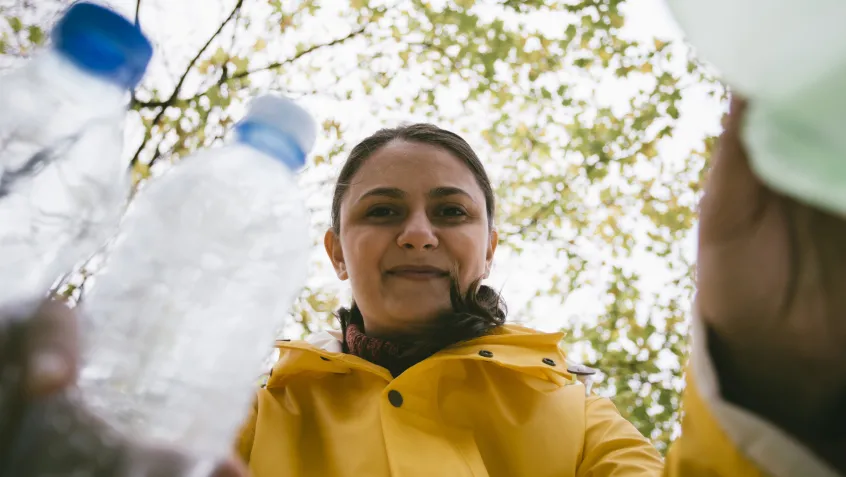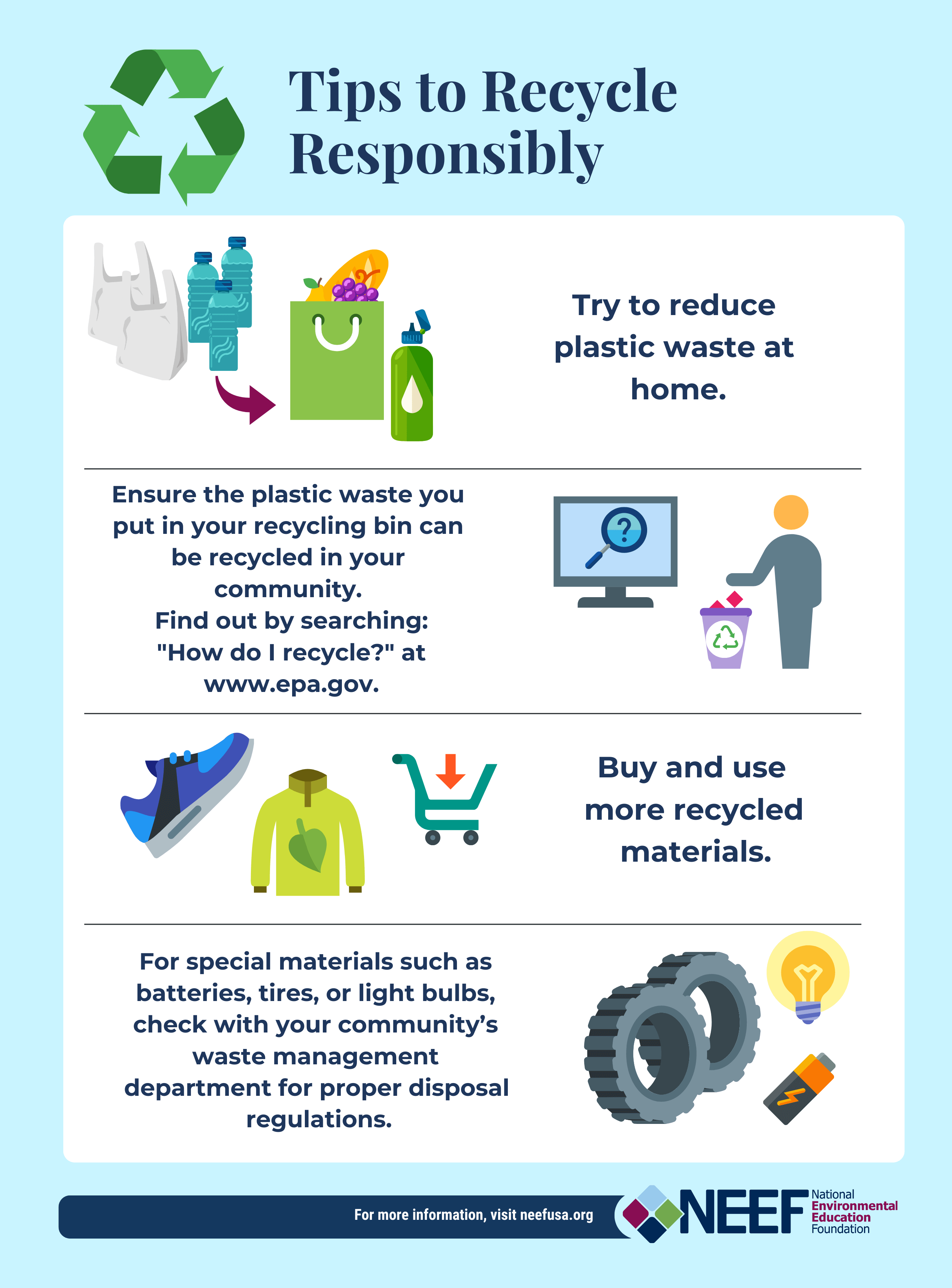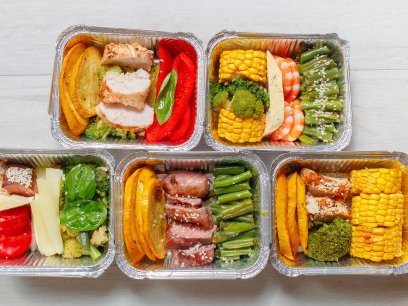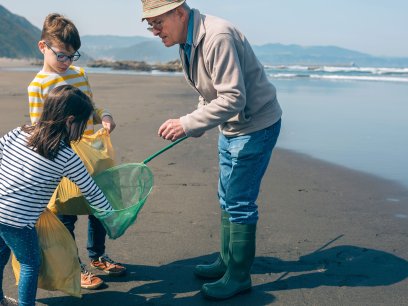
Did you know that the United States generated 35.7 million tons of plastics in 2018, with more than 18.5 million tons ending up as municipal solid waste? This includes plastic containers and packaging, polyethylene terephthalate (PET) bottles and jars, and high-density polyethylene (HDPE) natural bottles.
While only 8.7% of plastics were recycled in 2018, certain types of plastic were recycled more often than others, including PET bottles and jars (29.1%) and HDPE natural bottles (29.3%).

Not all consumer plastics can be recycled. The majority of community recycling programs accept some, but not all, types of plastics. It all depends on whether or not your local recycling center has the equipment to process specific types of plastic.
Look for the triangular symbol stamped on the bottom of your plastic bottles and containers. The number inside the triangle denotes the type of plastic resin used to make that plastic. A quick glance at this chart shows what the symbols and numbers mean.
To ensure you are getting the most out of your recycling, it is important to understand what can and can’t be recycled and why. If you put non-recyclable items into your recycling bin, they must be manually sorted out of the recycling stream and sent to a landfill, which takes extra time and increases unnecessary costs for the recycling facility.
In some cases, the presence of non-recyclable items can “contaminate” a load of recycling, which could lead to the entire load being sent to a landfill. This is done for a variety of reasons—to prevent damage to recycling equipment, or to ensure other recyclable material is processed correctly and efficiently. Potential contaminants can include things like plastic bags, small plastic objects such as straws, and items with food residue, like pizza boxes or takeout containers. Because different recycling systems consider different items to be contaminants, it is important to only recycle items that are accepted in your area.
So what happens when you toss plastics into your recycling bin? The general process includes collection, sorting, washing, resizing, separation, and compounding. This infographic explains the process well.
Why Are Certain Items Recyclable and Others Not?
As stated earlier, what is and is not considered recyclable depends largely on where you live and the recycling facilities available in your area. But why does such a discrepancy exist? There are a number of factors that can impact a recycling system.
Market Demand
In our current economy, the demand for recyclable material must first exist to be able to support the whole process. After all, it costs money to collect and transport recyclables. If the market wants high-quality, post-consumer recyclables, then companies will pay for them to be processed.
Until recently, the US exported much of its recycling to China. But in 2018, China banned imported plastic waste, which virtually eliminated market demand. This leaves communities with less-than-optimal choices: take recyclables to the landfill, incinerate them (potentially releasing toxins into the air), or pay dramatically increased rates to recycle them with other vendors. Unfortunately, there’s not much demand elsewhere, as it often costs businesses less to manufacture using virgin materials than recycled ones.
Local Recycling Capacity
Communities take different approaches to how they plan, implement, measure, and pay for recycling programs. Successful recycling programs depend on strong community support, engagement, education, and communication. It all starts with infrastructure.
For example, compare the vastly different recycling infrastructures of San Francisco, California, and Blaine County, Idaho. As a major American city, San Francisco uses state-of-the-art facilities with million-dollar machines separating recyclables. Even so, nonrecyclables such as plastic bags often clog up the machines, requiring manual labor to get things working again.
Blaine County, on the other hand, struggles to justify the expense of hiring workers to methodically sort through its recyclables. The rural county, which boasts a 90% clean rate for its mixed-paper recycling, is reluctant to raise the fees needed to get that clean rate to 99%—the criteria for vendors willing to buy it.
Local municipalities determine what can and can’t be recycled based on a variety of factors including their community’s recycling process, the capacity of their recycling facilities, and government rules and regulations.
A large variation exists in the US regarding recycling processing and pickup capacities. Some communities employ single-stream recycling (collecting all recyclables in one container), while others use multi-stream recycling (separating recyclables prior to collection). And some communities automatically provide consumer access to curbside recycling while others require residents to subscribe or opt-in to these programs, according to a study by the Sustainable Packaging Coalition (SPC) published in Recycling Today.
Also, residents need to know the proper way to sort and dispose of their recyclables, depending on local or state rules. For instance, while California banned plastic bags, other states allow them. If you throw something into your recycling bin that your local facility can’t handle, the item might hamper the process or lower the output quality. Your best bet? Check what your community recycles before you throw something away.
What You Can Do
How can you make sure you are recycling the correct items? And how should you dispose of items you are unsure about?
You should always contact your local recycling provider first or check their website to get a specific list of recyclable items they accept. Next, look for online resources such as the Environmental Protection Agency’s (EPA) Common Recyclables and Recycling FAQ pages for more information.
Also, consider checking out Recycle Nation, which provides disposal information for dozens of household items. Or why not get creative with repurposing non-recyclable items—for example, you can chop old bottle corks into tiny pieces to use as natural plant mulch.
Remember the following tips to help you recycle responsibly:
- Try to reduce plastic waste at home.
- Buy and use more recycled materials.
- Ensure the plastic waste you put in your recycling bin can be recycled in your community.
- For special materials such as batteries, tires, or light bulbs, check with your community’s waste management department for proper disposal regulations.


